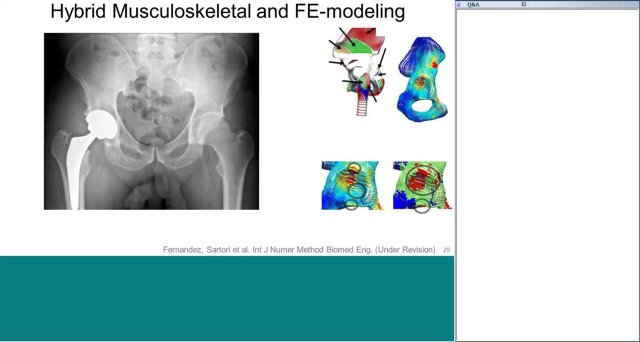 Human movement emerges from the coordinated interaction between the nervous, muscular and skeletal systems. Despite the knowledge of the mechanisms underlying movement neuromuscular and musculoskeletal functions, there currently is no relevant experimental understanding of the neuro-mechanical interplay in the composite neuro-musculo-skeletal system. This represents the major challenge to the understanding of human movement. To address this challenge.
Human movement emerges from the coordinated interaction between the nervous, muscular and skeletal systems. Despite the knowledge of the mechanisms underlying movement neuromuscular and musculoskeletal functions, there currently is no relevant experimental understanding of the neuro-mechanical interplay in the composite neuro-musculo-skeletal system. This represents the major challenge to the understanding of human movement. To address this challenge.
To address this problem we propose the development of integrative multi-scale modelling methods including muscle, bone and neural models. We use advanced high-density electromyography (HD-EMG) in conjunction with blind-source separation to discern the interference HD-EMG signal into the ensemble of spike trains discharged by spinal motor neurons in the control of many muscle fibers simultaneously. We develop multi-scale musculoskeletal modelling formulations driven by in vivo motor neuron discharges for computing high-fidelity estimates of resulting musculoskeletal forces. This will enable unprecedented analysis capacity of how neurally controlled muscle tissues interact with skeletal tissues and will therefore open new avenues for understanding neuromuscular/orthopaedic disorder aetiology, diagnosis and treatment.
Selected Publications:
Sartori, M., Yavuz, U. S. & Farina, D. In Vivo Neuromechanics: Decoding Causal Motor Neuron Behavior with Resulting Musculoskeletal Function. Sci. Rep. 7, 13465 (2017).
Sartori, M. et al. Toward modeling locomotion using electromyography-informed 3D models: application to cerebral palsy. WIREs Syst. Biol. Med. e1368 (2017). doi:10.1002/wsbm.1368

